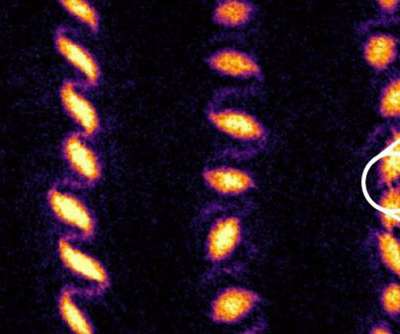Lamborghini licenses MIT’s Cobalt-free organic battery tech for EVs – ET Auto
Baua Electric
JANUARY 21, 2024
The new battery also has comparable storage capacity and can be charged up faster than cobalt batteries. Researchers from Massachusetts Institute of Technology ( MIT ), including one of Indian-origin, have designed a new battery material that could offer a more sustainable, cobalt-free way to power electric cars.












Let's personalize your content